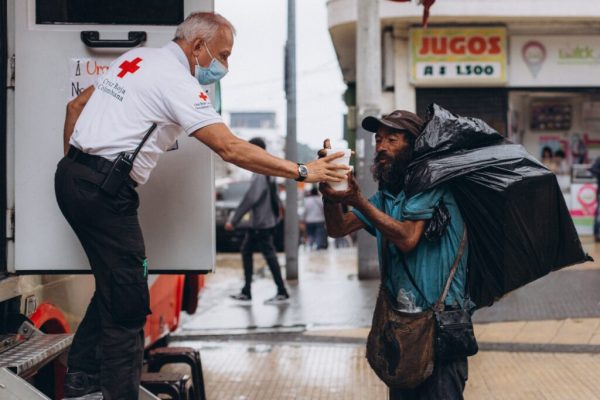Homelessness is a complex and persistent challenge in the United States, affecting over half a million people each night. Solving this issue requires a holistic approach that tackles its root causes, including lack of affordable housing, economic inequality, and

mental health issues.
Homelessness is a big problem all over the world and will only get bigger over time because the numbers are rising. “There are over 58,000 people across Los Angeles County who are experiencing homelessness, a 12% increase from 2018.” according to the Los Angeles mission. In all of America however, New York City has the largest homeless population with numbers that reach up to 350,000 people. Many assumptions are made about homeless people that are untrue. One quote even says, “People who are homeless are not social inadequates. They are people without homes.” This quote shows a common misconception made about homelessness referring to them as social inadequates when instead they are people without homes. A man in a picture holds a sign that states, “Seeking Human Kindness”. Misconceptions about homeless people can be very cruel and hurtful we as a society should work together to not assume things that are untrue but instead be kinder and more understanding.
- Expanding Affordable Housing
The shortage of affordable housing is a primary driver of homelessness. Policies that increase the availability of low-cost housing, such as tax incentives for developers and zoning reforms, are critical. Programs like Housing First—which provide permanent housing without preconditions—have shown significant success in stabilizing individuals and families, allowing them to address other challenges more effectively.
- Enhancing Access to Support Services
Homelessness often intersects with mental health challenges and substance use disorders. Investing in community-based mental health care and addiction treatment can provide vulnerable populations with the support they need. Additionally, case management services help individuals navigate complex systems and connect them to employment, healthcare, and other resources.
- Strengthening Economic Supports
Economic instability plays a significant role in homelessness. Increasing the minimum wage, expanding access to job training programs, and offering rental assistance can help prevent people from losing their homes. Federal initiatives like the Emergency Rental Assistance Program have proven effective in keeping families housed during crises.

- Collaborative Efforts Across Sectors
Ending homelessness requires collaboration among government agencies, nonprofits, businesses, and communities. Public-private partnerships can leverage resources and innovate solutions. For example, corporations can invest in workforce housing, and nonprofits can pilot new intervention models.
By addressing homelessness through these comprehensive strategies, America can make significant progress toward ensuring that everyone has access to safe, stable, and affordable housing. While the challenge is immense, the opportunity to rebuild lives and strengthen communities is even greater.



